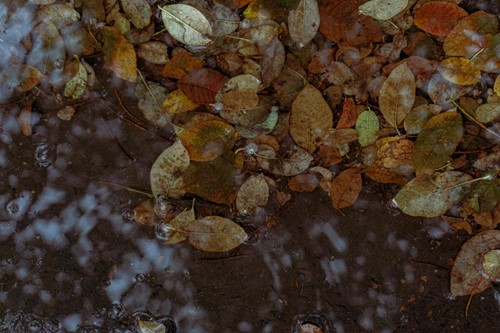
If your yard is plagued with puddles and soggy spots, it might be time to consider drainage solutions. For yard drainage, there are plenty of DIY options you can handle without spending a fortune. Once you understand the causes of your drainage issues, you can find the best approach for improving a swamp situation.
Here is a basic guide to yard drainage issues and DIY solutions to consider:
Before you start researching strategies for improving drainage, take a careful assessment of your yard. There are many factors that can cause drainage issues:
Before you start planning a major landscaping project, consider your current watering schedule and systems. Do you have drip irrigation or sprinklers that run automatically? Do you have a manual watering schedule that you could adjust? In some cases, you might just be watering too much or too often.
If you have an irrigation or sprinkler system, make sure it doesn’t have any leaks. Once you’ve ruled out the possibility of leaking, try adjusting your watering schedule to reduce the amount of standing water in your yard.
If you discover that your drainage issues stem from your gutter downspout, the solution could be as simple as extending it. Extend and aim the downspout away from the home and toward a storm drain or other safe drainage source.
A rain garden is another way to ease drainage issues by creating a place specifically for water to gather. Rain gardens are designed to capture and slowly absorb runoff, all while promoting lush plant growth and beautifying the yard.
For more serious drainage problems, consider digging an artificial creek or swale to route water properly. By digging a long, shallow trench and filling it with gravel or rocks, you can divert runoff towards storm drains without allowing standing water to accumulate in the yard.
These are only a few basic yard drainage solutions to consider. If you’re still having trouble with excess water, it’s a good idea to consult a landscaping professional to find the best option for your yard.

Kim Clark started her real estate career in 1999 and shortly thereafter obtained her Broker’s license in 2002. After working for larger, corporate offices, she realized that her business and clients needed a more personalized and flexible firm. She founded Bayside Realty Consultants in 2007 offering a space of unity, collaboration and encouragement for agents and their clients. Kim specializes in the unique Cape Cod market comprised of primary, vacation and investment properties.
She says "It is great to be a part of helping make a homeowner's dreams come true". Clients and their individual needs can make things very exciting! Kimberly's enthusiasm is contagious and it has been a real asset in her successful career. She says, "Never quit. Just do what you like and the rest just falls into place." She is certified in several real estate designations including GRI, CBR, CRS, e-Certified, and a certified trainer.